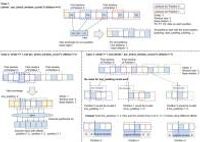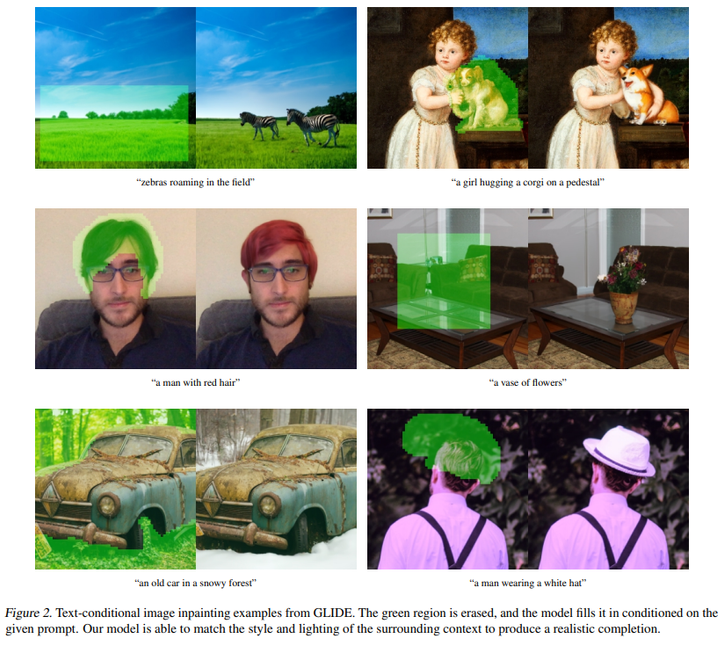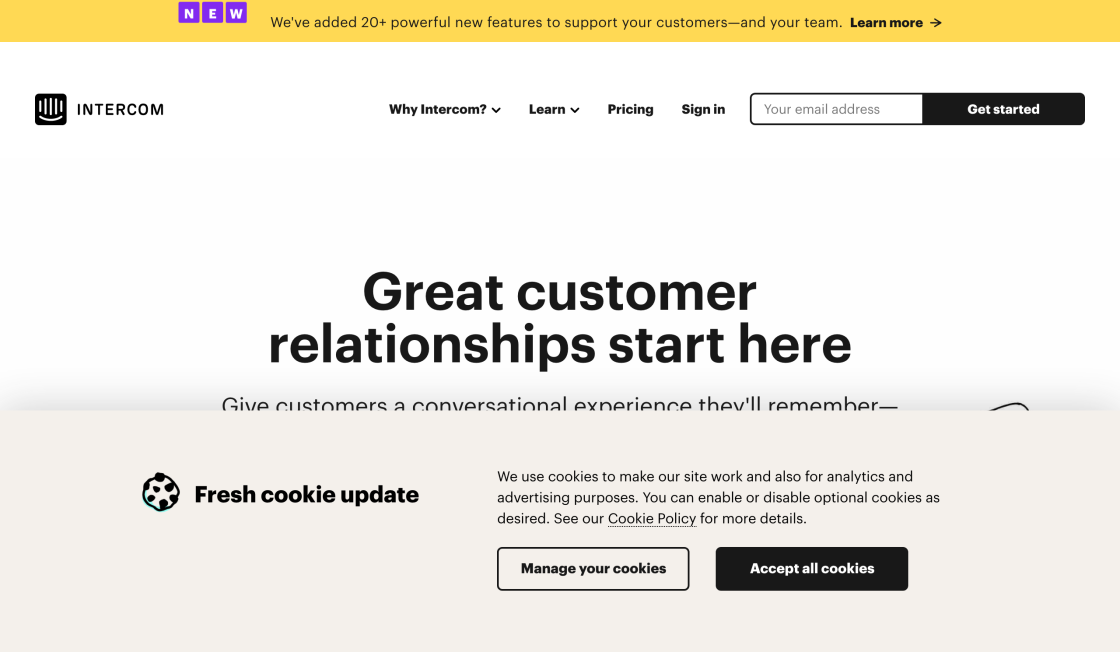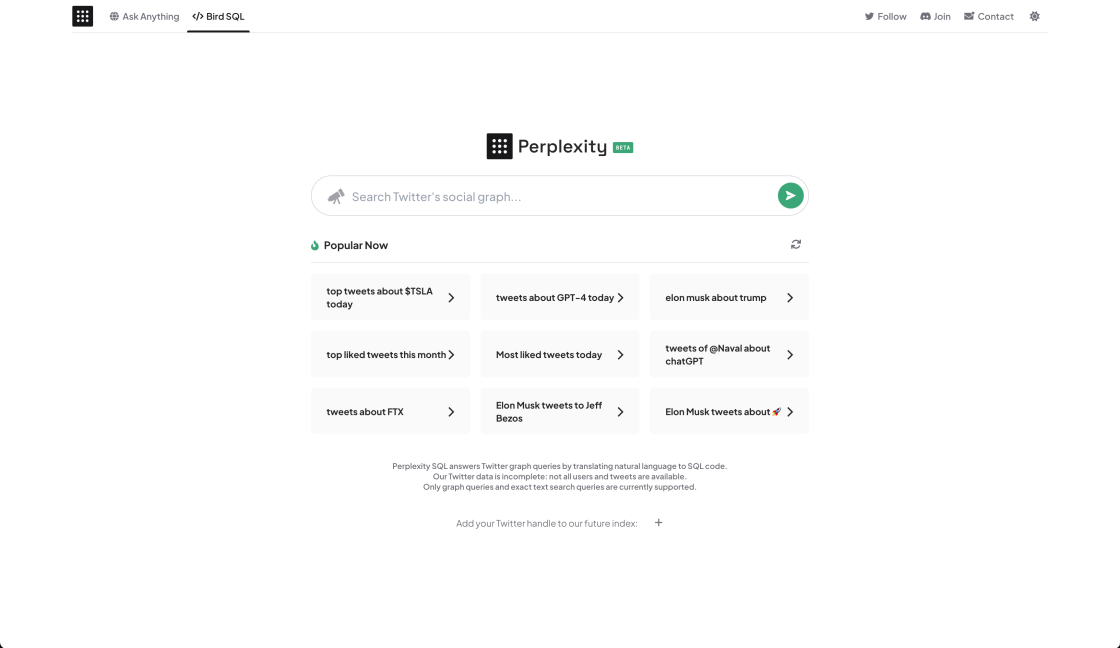

The emergence of M1 Chat has revolutionized the way businesses interact with their website visitors. This groundbreaking ChatBot is designed to engage users in conversations that mimic human-like interactions. With its advanced artificial intelligence and natural language processing capabilities, M1 Chat offers a seamless and intuitive experience to anyone visiting a website. This innovative technology not only enhances customer satisfaction but also streamlines communication processes for businesses. By integrating M1 Chat into their websites, organizations can provide personalized and efficient support to their customers, resulting in improved user engagement and conversions.
VoiceXD is an innovative platform that empowers individuals and businesses to design and construct personalized AI Assistants. With VoiceXD, the possibilities are limitless as it enables users to create custom virtual assistants tailored to their unique needs and requirements. This groundbreaking technology harnesses the power of artificial intelligence to deliver seamless and intuitive interactions. Whether you are seeking to enhance customer service, streamline workflows, or provide personalized experiences, VoiceXD offers a user-friendly interface that allows for the effortless customization and deployment of AI Assistants. The future of smart, tailored virtual assistance starts here with VoiceXD.
In today's digital era, messaging apps have become an integral part of our daily communication. With the rise of technology, artificial intelligence has enabled us to incorporate chatbots into these platforms, creating an efficient and automated messaging experience. The AI Bot, a chatbot platform for messaging apps, is an excellent example of how businesses can leverage this technology to boost their customer engagement and streamline their communication process. This innovative platform allows businesses to offer quick, personalized, and interactive conversations with their clients and customers, ensuring that communication is always seamless and effective.
Bappfy is an innovative online app builder that enables users to create custom mobile applications from any website. With its intuitive drag-and-drop interface, Bappfy allows users to quickly and easily build apps for iOS and Android platforms without the need for coding or technical expertise. Whether you are a small business owner looking to expand your reach, or an individual with a great idea for an app, Bappfy provides a cost-effective and user-friendly solution. With Bappfy, anyone can turn their website into a native app and take advantage of the growing mobile market.
Kili is an innovative new platform that allows content creators, company knowledge, e-commerce and customer service to create personalised experiences without using code. By leveraging the power of artificial intelligence, Kili provides a simple, user-friendly way to quickly create customised experiences for their customers, employees or clients. Kili offers a wide range of features and tools, allowing users to quickly develop interactive experiences with minimal effort.
Debuild is an innovative development tool that enables you to quickly create web applications. With just a few simple steps, you can specify what your application should do in plain English, and then have it up and running in seconds. Debuild makes web development fast and easy, allowing you to focus your time on creating the best user experience.

Magic Write By Canva
The AI Powered Writing Tool

CodeVox
This Tool Lets You Program an Entire App With One Voice Command

Google GShard
[2006.16668] GShard: Scaling Giant Models with Conditional Computation and Automatic Sharding

GLIDE By OpenAI
Interactive Exploration of Large Language Models

Intercom
Announcing Intercom's New AI Customer Service Features

Perplexity AI: Bird SQL
A Twitter search interface that is powered by Perplexity’s structured search engine

TwitterBio
AI Twitter Bio Generator – Vercel

Remini
Remini - AI Photo Enhancer
The field of artificial intelligence (AI) has been revolutionized by the emergence of supervised AI, a groundbreaking approach that leverages OpenAI's GPT engine along with vast amounts of users' data to construct highly accurate and scalable AI models. This innovative technology has opened avenues for unprecedented advancements in various industries and transformed the way we interact with machines.
Supervised AI refers to an intelligent system that is trained using large datasets, allowing it to understand and analyze complex patterns in the data. OpenAI's GPT engine, renowned for its state-of-the-art language processing capabilities, serves as the backbone for this cutting-edge approach. By harnessing the power of GPT, supervised AI enables machines to comprehend, generate, and respond to human language with remarkable precision and coherence.
The real potency of supervised AI lies in its ability to tap into users' data. With the permission and consent of individuals, this method gathers a wide range of information, including textual data, user preferences, and behavioral patterns. By analyzing this wealth of data, supervised AI obtains valuable insights that can be used to train AI models, making them more adaptable, accurate, and efficient over time.
One of the key advantages of supervised AI is its accuracy. By building upon the vast knowledge accumulated from diverse sources, these AI models can provide highly reliable and precise outputs, enhancing decision-making processes and performance across different tasks. Furthermore, supervised AI's scalability empowers organizations to handle ever-increasing amounts of complex data, ensuring consistent and enhanced performance even when faced with significant information volumes.
In conclusion, supervised AI, powered by OpenAI's GPT engine and users' data, represents a significant leap forward in the realm of artificial intelligence. Its proficiency in understanding human language, coupled with the ability to leverage vast amounts of data, positions supervised AI as a game-changer in numerous industries, opening up new opportunities for innovation, efficiency, and progress.
Supervised AI is a technology that utilizes OpenAI's GPT engine and user data to develop highly precise and scalable AI models.
Supervised AI works by training OpenAI's GPT engine using user data, which enables it to generate AI models that can accurately analyze and process information.
The main advantage of using Supervised AI is its ability to build accurate and scalable AI models based on user data, which enhances the overall performance and effectiveness of the AI system.
Yes, Supervised AI has the capability to handle large volumes of data, allowing for more comprehensive training and analysis.
Yes, user data is treated with utmost security and privacy when utilizing Supervised AI. OpenAI ensures that data protection protocols are strictly followed.
Yes, Supervised AI is highly customizable and can be applied to various applications, making it suitable for a wide range of industries and use cases.
The AI models produced by Supervised AI are known for their high accuracy due to the utilization of OpenAI's advanced GPT engine and the incorporation of user data.
Yes, Supervised AI can continuously learn from new user data, allowing it to refine its AI models and improve its performance over time.
The time required to develop an AI model using Supervised AI depends on factors such as the complexity of the task and the amount of user data available. However, Supervised AI aims to streamline the process and minimize development time.
Yes, Supervised AI can be seamlessly integrated with existing AI systems, enabling them to benefit from the accurate and scalable AI models generated by Supervised AI.
| Competitor | Description | Key Differentiators |
|---|---|---|
| Hugging Face | Provides a range of open-source libraries and tools for NLP tasks, including GPT-3 models. | Strong focus on open-source development. |
| Google Cloud AutoML | Offers a suite of pre-trained ML models, including language processing capabilities. | Integration with Google Cloud platform and extensive infrastructure. |
| Microsoft Azure Cognitive Services | Provides a wide range of AI services, including language understanding and speech recognition. | Deep integration with Microsoft's ecosystem and existing products. |
| IBM Watson | Offers various AI services, including NLP capabilities and pre-trained models. | Extensive support for enterprise-level applications and integration with IBM Cloud. |
| OpenAI Codex | Leverages OpenAI's Codex technology to generate code from natural language prompts. | Specialized in AI-driven code generation and automation. |
Supervised AI leverages OpenAI's GPT engine and users' data to develop precise and expandable AI models. This advanced technology is built upon the foundation of OpenAI's remarkable GPT engine, which is designed to generate human-like text. However, it wouldn't be possible without the utilization of users' data, which plays a crucial role in training and fine-tuning these AI models. By integrating supervised learning techniques, this system ensures accurate and reliable outputs while maintaining scalability to handle large-scale applications. The synergy between OpenAI's GPT engine and user data allows Supervised AI to deliver cutting-edge AI models that are both effective and adaptable to various domains and tasks.
TOP